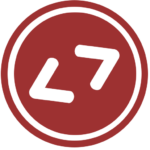Computer Science Curriculum Intent
At Ripley Academy we offer two strands of Computing in Key Stage 4. This is where our intent begins as we have plan to prepare students for an opportunity to engage in either strand come Key Stage 4.
“The intention is simple. We aim to support and offer all students the chance to become the best computational thinkers they can be. By strengthening their understanding of the links between the hardware architecture and efficiency of an algorithm, our students will aim to become creative and logical thinkers who have the ability to articulate the relationship between application use, programming and the performance of the machine, whilst also having a plethora of experience allowing them to express their creativity”
Computer Science is firstly the study of computational thinking and logic. However, our curriculum intends to give our students a wider understanding of how the topics within this subject area connect. One’s ability to think computationally can be expressed via an ability to solve problems using precise instructions. Therefore, we explore and learn computational thinking via exposing our students to different programming languages and problems. Programming is at the heart of our Key Stage 3 Computer Science strand. We study programming to help us think in a more logical way, however, to gain a wider understanding of why we need to be efficient lends us to connect the ability to link efficient solutions to the architectural design of the computer itself. Although we intend to support the development of our students as computational thinkers and logicians it is important that we continue to explore the hardware in order to gain a deeper understanding of how an efficient design impacts on performance. Exploring how we eventually lead us to how we arrived at the world we live in today. A world in which this hardware is connected via computer networks. Our learning journey continues as we explorer how these hardware connection work as well as the impact and issues that have arisen as a result of its development.
Creative Computing
The development of computer science would be worthless, if it wasn’t for the ability to use the technology creatively to make an impact on the world around us. Our second strand of development that flows within our curriculum is that of Creative Computing. Creative Computing allows our students to use the hardware and software to undertake creative projects via multiple applications in order to meet the needs of users. The Creative strand is the foundation to our support those students who will utilise their IT skills in future ventures which lie away from computational thinking. This strand offers students the opportunity to express their creatively and individuality. It supports their understanding of the computer as a usable system, as we expose them to different interfaces and applications, supporting their organisational and digital literacy skills. As a key element of the National Curriculum, Digital Literacy is embedded into both strands but directly focused on in the Creative Computing Strand. Student we be offered to learn and express skills in digital animation, computer graphics, audio development and interactive media. During the study of these areas, students will use the best commercially available software to design and develop solutions for different audience and purposes. Our curriculum design intends to interleave back into the creative strand the understanding of how the computer represents the data within multimedia.
We endeavour to make both sides of our curriculum as fun and as interesting as possible, coupled with a high level of challenge, in order to excite and engage our students in their learning. Our aim is to ensure that students develop a computing capability that is directly transferable, not only to other subjects but also to the KS4 curriculum and beyond.
Both strands of our curriculum map into the Secondary National Curriculum and are subject to an on-going and rigorous review process. Using our analysis of data and our continuing strive to improve teaching and learning, we endeavour to ensure that the curriculum is effective in meeting the needs of all students.
“In Computer Science students follow a meticulously planned and sequenced curriculum, designed to simply to allow them to learn more. Our strategy helps them remember more by building on previous knowledge, with the hope that their achievements will be reflected in their qualification attainment”
Computer science is no more about computers than astronomy is about telescopes.



